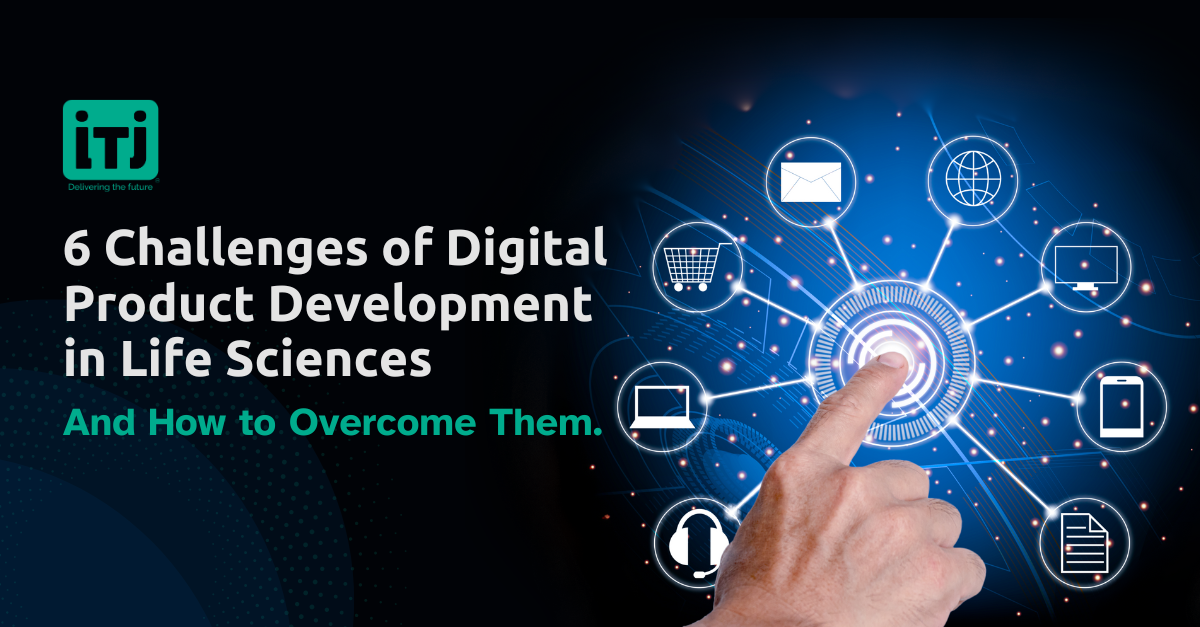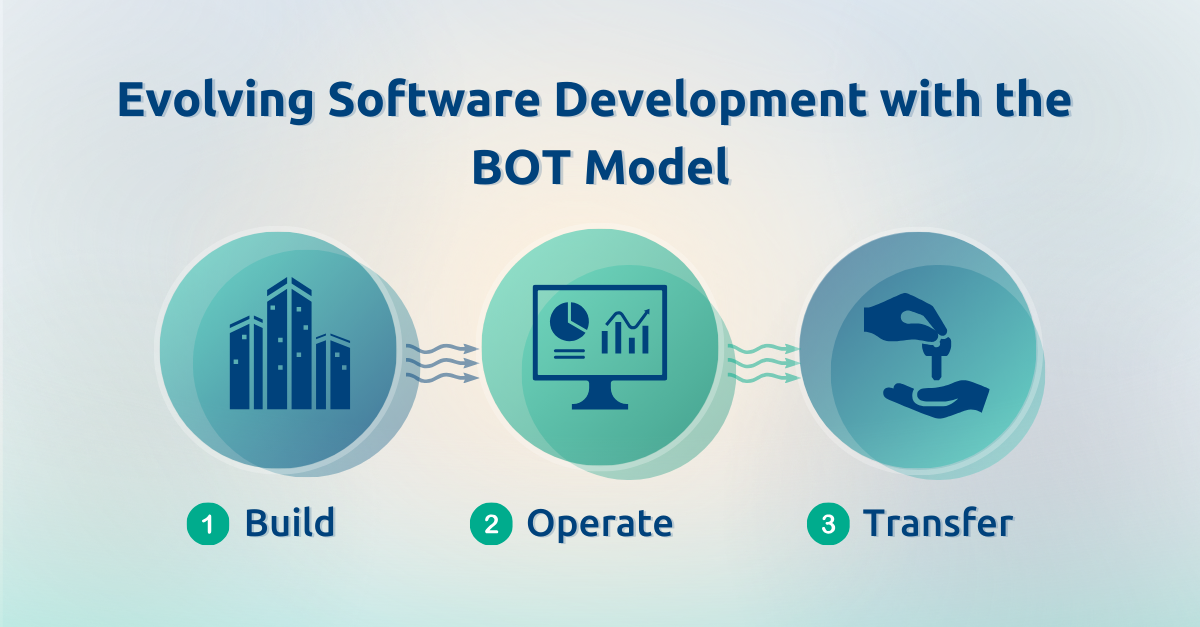
Innovations in Software Engineering 2023
January 5, 2023
More people are jumping on the software engineering wagon to meet the increased demand. Nowadays, every job out there requires at least a little bit of coding experience. What was once a highly specialized skill is becoming the new literacy.
Software engineering is the new “doctoring” or “lawyering”. It’s now the kind of clever career with stable predicted growth and high wages. And as software shapes our daily lives more and more, the demand for skilled individuals to design our future has only increased.
Main Software Engineering Innovations for 2023
The course that software engineering development followed in 2022 will be continued in 2023.
1. Cloud computing as a top tech skill
In 2022, governmental agencies and organizations as well as startups and established companies all adopted cloud computing. The importance of the technology is acknowledged by hospitals, security agencies, legal authorities, and even the Pentagon. By the end of 2024, it’s possible that a sizable number of organizations and institutions will have switched to the cloud globally.
New technologies are becoming more widely accepted across a range of industries, requiring the training of software engineers to work with them. In 2020, when the epidemic was at its worst, computing solutions stood out amid other digital transformation efforts. According to Gartner, global spending on cloud services will climb from $313 billion in 2020 to $482 billion in 2023. Additionally, this pattern is anticipated to continue: cloud spending is anticipated to increase by 20% annually.
Thus, one of the most in-demand technical talents in 2023 will be cloud computing. As we have seen since the 2000s, this technology is revolutionizing how software functions, including how experts create and develop products.
2. Programming languages are becoming more abstract
The use of more abstract programming languages is one of the most glaring trends in software engineering. Software engineers are engineers for a reason. Surely, more abstract programming languages are ideal for the work since it calls for creative problem-solving and unconventional thinking.
Python is now used for more than just data science. Due to its open source nature and large pre-built library that supports machine learning, big data, and cloud computing, Python is quickly becoming the most popular language for computer programming. Therefore, nearly any external dependencies are unnecessary because of the extensive library and strong support.
Besides for web development, Java is also a very helpful language in general. The cloud computing industry uses Java more than any other language. In fact, development of cloud software has skyrocketed over the past several years as a result of the rise in remote work.
It’s a fantastic time to study high level programming languages like Python and Java since IT startups and companies need engineers who are adept in those languages.
3. It’s wise to move towards AI
Despite the fact that artificial intelligence has been listed as one of the “future trends of software engineering” for a while, it is obvious that the time has come. Artificial intelligence applications range from chatbots and voice assistants to machine learning, and they are becoming more prevalent.
The ability to manage large amounts of data effectively has risen thanks to machine learning, which has also revolutionized speech recognition. Moreover, the Internet of Things is one of the main users of artificial intelligence development. IoT technology is now dominated by Amazon and Google, but as IoT expands to more devices, such as home appliances, expect to see new players emerge. Since the IoT industry is expanding quickly, learning AI abilities to power IoT devices is a wise investment for the future.
4. No-code engineering?
Yes, no-code engineering. It’s understandable that many platforms are causing some concern among software engineers because they enable users with little to no coding skills to create apps and experiment with new products.
You might be worried about the state of coding as a necessary skill as a software developer. We have good news: The introduction of no-code and low-code platforms allows software professionals to do what they do best, which is to drive innovation.
Low-code platforms are excellent tools for creating prototypes and testing concepts, but they frequently run into functional bottlenecks and are unlikely to ever have robust integration capabilities. For example applications, they eventually outgrow their low-code platforms, and software professionals are required to advance the program. That’s why these platforms have a long way to go before the majority of software solutions can be created without the use of code, thus it’s unlikely that they will severely challenge the demand for software engineers.
5. Not DevOps, but DevSecOps
Development, security, and operations, or DevSecOps, is a methodology for creating software that integrates security into each step of the DevOps pipeline.
Organizations continue to place a high premium on security in the face of expanding threats and the most expensive data breaches in history, costing over $4.24 million on average. As a result, it puts pressure on developers to provide safe software that is both internally utilized and used by end users.
Choosing DevSecOps in software development is the idea that security needs to be included into each step of development rather than being put off until the very end. Moreover, it indicates that the code is created with security in mind rather than being made secure. Therefore, involves changing one’s mindset as well as acquiring the tools necessary to identify security flaws and vulnerabilities in software, dependencies, the runtime environment, database, or APIs.
There are many exciting career paths for software engineers, but in order to take advantage of these lucrative positions, you must acquire the necessary abilities. We can help! Check out our trainee program.
About ITJ
ITJ is devoted to serving fast-growing and high-value market sectors, particularly the Internet of Medical Things (IoMT), working with innovative medical device companies looking to improve people’s lives. With a unique BOT (build, operate, and transfer) model that sources only the best digital talent available, ITJ enables companies in the US to create technology centers of excellence in Mexico. For more information, visit www.itj.com.

